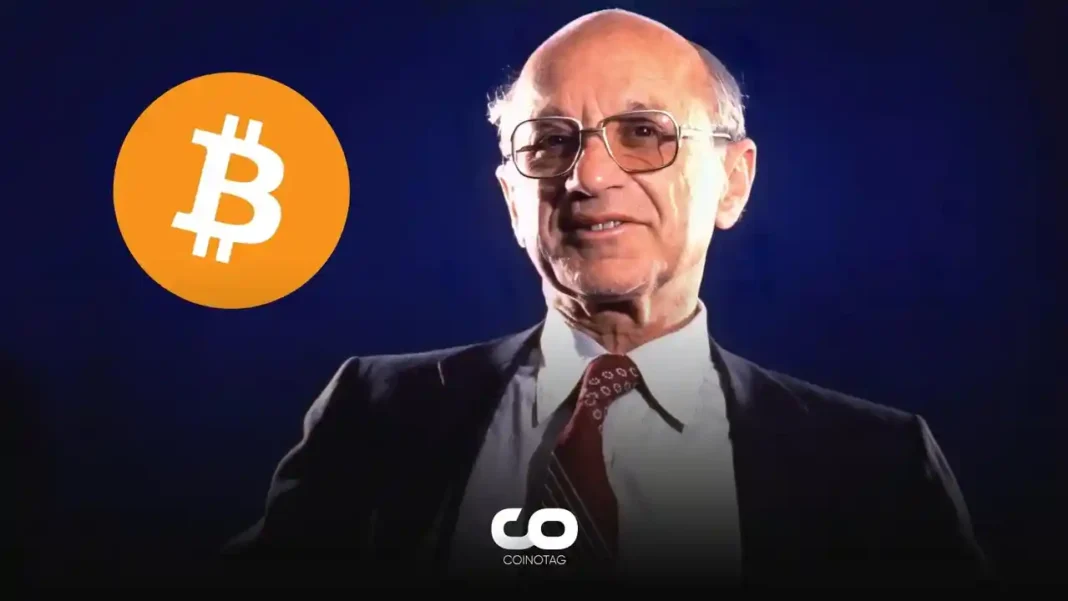- The EU’s impending MiCA regulation presents uncertainties, especially for stablecoin listings.
- Binance’s executive warns of potential widespread stablecoin delistings come June.
- Legal experts are debating the implications, especially for decentralized and foreign crypto issuers.
Binance’s concerns over the EU’s Markets in Crypto Assets (MiCA) regulation underscore the challenges the crypto industry faces with rapidly evolving regulations.
Uncharted Waters: EU’s MiCA and Its Implications
New European Union rules, which are expected to be enforced in a few months, might result in a largescale delisting of stablecoins. Binance, a leading cryptocurrency exchange, voiced these concerns as legal professionals grapple with interpreting the European bloc’s MiCA rules. There’s particular concern regarding how this landmark law will treat decentralized and foreign issuers. As of now, the European Banking Authority (EBA) emphasizes that there won’t be a grace period for coins that are already circulating in the market.
Understanding MiCA: The EU’s Bold Crypto Regulatory Step
MiCA, which was concluded in the previous June, is poised to position the EU as the world’s first significant jurisdiction to implement an exhaustive cryptocurrency regulation. This would empower exchange platforms and wallet providers to function throughout the bloc under a single license. A key feature of MiCA is its provisions on stablecoins – digital assets that derive their value from other assets like traditional currency or gold. These provisions are scheduled to come into effect in June 2024, and the specifics are currently under discussion by the EBA and its counterpart, the European Securities and Markets Authority (ESMA).
Binance’s Stance and the Future of Stablecoins in Europe
Marina Parthuisot, the Head of Legal at Binance France, during an EBA-hosted online hearing, expressed grave concerns, “We are heading to a delisting of all stablecoins in Europe on June 30.” She emphasized that since no project has acquired approval yet, the implications for Europe’s market could be profound in contrast to the global scene. While Binance’s CEO, Changpeng “CZ” Zhao, commends the clarity MiCA offers, regulatory pressures previously compelled the exchange to withdraw from various European nations, such as the Netherlands, Cyprus, and Germany.
Decentralization Dilemma: Legalities and Challenges
The MiCA provisions have stirred a debate amongst legal entities, primarily due to certain clauses necessitating issuers to be EU-based. This requirement can potentially negate the decentralized governance structures popular among blockchain foundations. Thomas Vogel, a partner at the Latham & Watkins law firm, pointed out the challenges for genuinely decentralized stablecoin issuers in complying with MiCA. The discussions also delved into the possibilities of foreign issuers registering through an EU-based crypto provider, as suggested by Ian O’Mara, a partner at Matheson law firm. However, regulatory authorities seemed unlikely to relent, with Elizabeth Noble of the EBA confirming the non-existence of transitional arrangements for such tokens.
Final Remarks from the EBA
Isabelle Vaillant, the director of prudential regulation and supervisory policy at the EBA, acknowledged the concerns over decentralization as practical challenges. Yet, she opined that there would invariably be a contractual association between issuers and consumers, ensuring a point of contact.
Conclusion
The evolving landscape of crypto regulations, especially with the impending MiCA rules, has engendered both hope and concern within the industry. While regulatory clarity is generally welcomed, the specific implications of these regulations, especially for decentralized platforms and stablecoins, remain a topic of intense discussion. The coming months leading up to MiCA’s enforcement will be crucial for exchanges, crypto issuers, and stakeholders to navigate their strategies in Europe.







